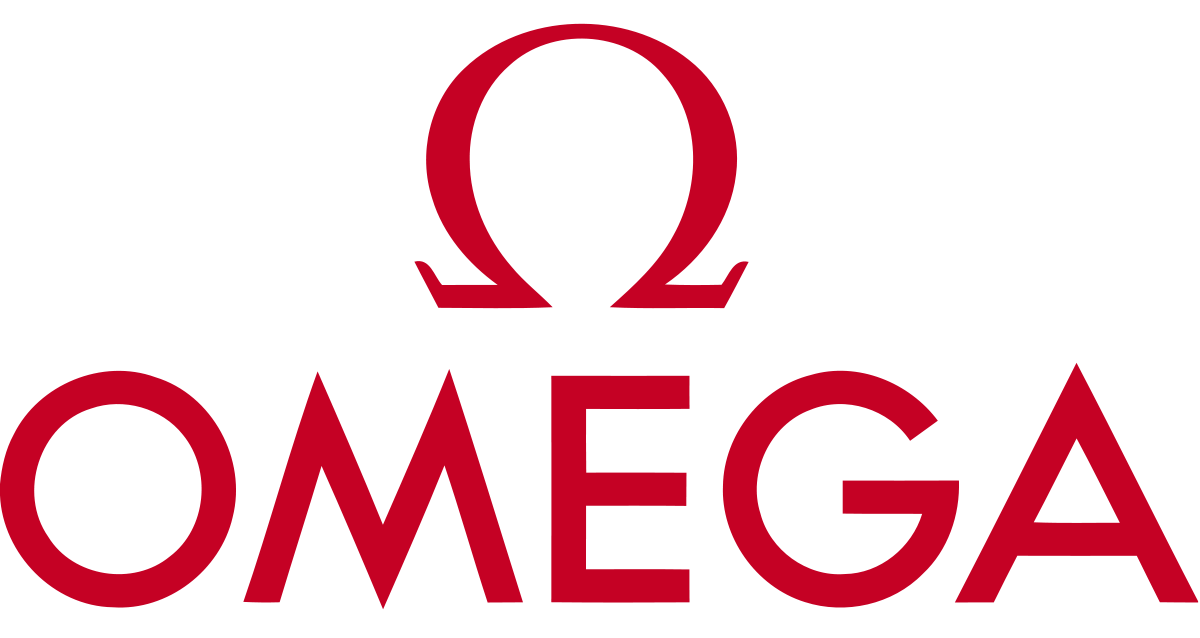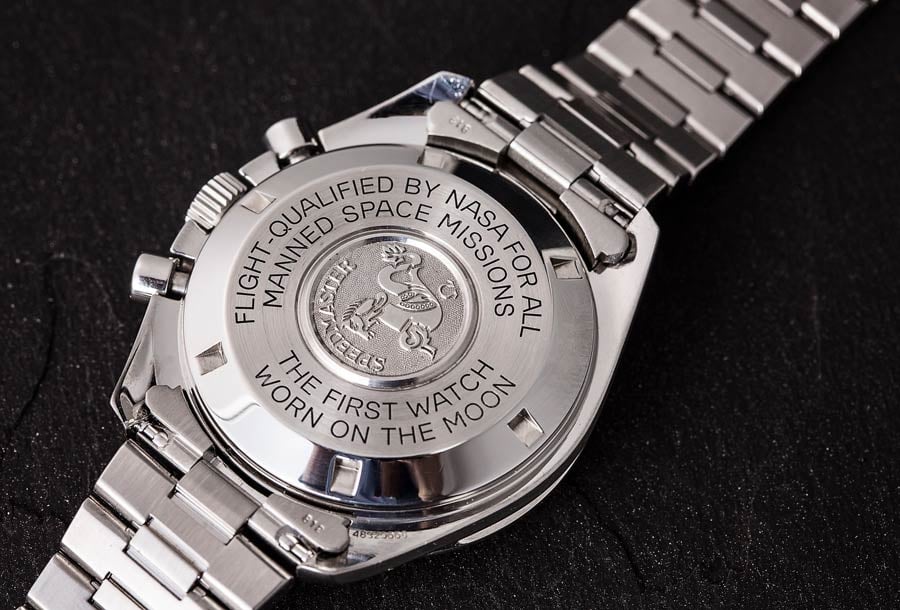June 20
What does the Omega symbol mean?

Introduction
You'll often notice that in the watchmaking industry, there is a powerful emphasis on the use of symbolism and imagery to evoke certain feelings, historical connections, and so on. Rolex uses their famed coronet to suggest they are the crown jewel of Swiss watchmaking. Even Patek Philippe uses the Calatrava Cross as a means to link themselves with the Calatrava Knights, an order of knights and monks who protected the world's most influential people in the middle ages. This is clear throughout the industry as many brands use various other symbols to link themselves to things so that their consumers and prospective clients feel a bond with their watch when they look down at the watchmaker's logo or symbol on their wrist.
So, what is the Omega symbol? What does it mean, and how can we link the various Omega watch symbols with their historical context and what Omega wants their wearers to feel when they look at their watch - let's dive in.
The Omega Symbols in Question
Just like most brands, Omega does not only have one Omega watch symbol; they have many that are spread across their range. At their most basic, they have the Greek letter Omega, the brand's logo. After that, Omega's various symbols are tied to their collections, such as the Omega Hippocampus, another iconic piece of watchmaking symbolism, but let's jump into Omega's logo, the O.G. Omega watch symbol.
Greek Letter Omega

The 24th and last letter of the Greek alphabet, Omega (Ω), essentially means the end of something, the last, the ultimate limit of a set, or the "Great End." Without getting into a lesson in Greek, Omega signifies a grand closure, like the conclusion of a large-scale event. Today, like much of the Greek alphabet, the Omega (Ω) symbol, in both uppercase and lowercase (ω) font, has been adopted across multiple disciplines of study such as physics, mathematics, chemistry, engineering, and much more. In watchmaking, we can extrapolate Omega's (the brand) adoption of the symbol signifies that they are the great end of watchmaking, the summation of the industry's achievements, craftsmanship, and romance all in one watchmaker. While other brands squabble about their watches, Omega's claim on the Greek letter is essentially a statement of intent and a statement about their perceived greatness. Watchmaking ends with Omega – it gets no better.
History
While this assumption might be a fair one to make, we also need to examine how Omega's ownership of Omega came about, not just the symbolism involved in their use of the letter. Like many brands, Omega hasn't always been called Omega; they were once known as La Generale until they released a new movement in 1894 that was ultimately paradigm-shifting. A 19-ligne movement of incredible accuracy and craftsmanship, La Generale named this the OMEGA caliber. What made this movement so unique was that its parts were interchangeable, and it utilized newly developed manufacturing techniques. A genuinely groundbreaking success, La Generale decided to market watches with this new movement under the OMEGA sub-brand, and soon after that, Omega began to outpace La Generale's success. Ultimately, La Generale spun Omega off as its own brand entirely, and in 1903, the Omega Watch Co was born, which is why we have the Omega watch symbol in watchmaking to this day.
The Omega Hippocampus
Aside from the legendary Omega watch symbol, Omega also uses a seahorse figure on the case backs of some of their most legendary models. Stemming from Omega's seeming obsession with the Greeks, the Hippocampus was a sea monster from Greek mythology with the head of a horse and the lower body of a fish, leading to their resemblance to seahorses.
As the story goes, an Omega designer named Jean-Pierre Borle noticed the hippocampi on the gondolas in the Venetian waters while in Venice, leading to the inspiration for one of his engravings. The Hippocampus then became the Omega Seamaster's symbol thanks to its links with water and Greek marine mythology, in keeping with the Seamaster's water-resistant capabilities.
While the Hippocampus has evolved over the decades with different stylings, artistic interpretations, and manufacturing techniques, it has remained a lynchpin of Omega's symbolism in the watchmaking industry, with it permeating throughout various collections. Soon after it was used in the Seamaster collection, it found its way into the Railmaster and Speedmaster collections, both important tool watch models with impressive water resistance back in the day (albeit the Speedmaster can't say the same these days!)

Omega have clearly focused on their use of symbols in watchmaking, and while the meaning behind their Omega watch symbols might not be evident from the onset, they make sense once you delve a little deeper. Like with their watches, you need to look deeper than just the surface to see what Omega is trying to say with either the Omega symbol or other Omega watch symbols like the Greek Hippocampus.
June 20
All postsFeatured Posts

December 14
What to Buy as a Christmas Gift This Year (For Watch Collectors)

November 13
Cartier Santos 100 XL: The Path to New Heights

March 27